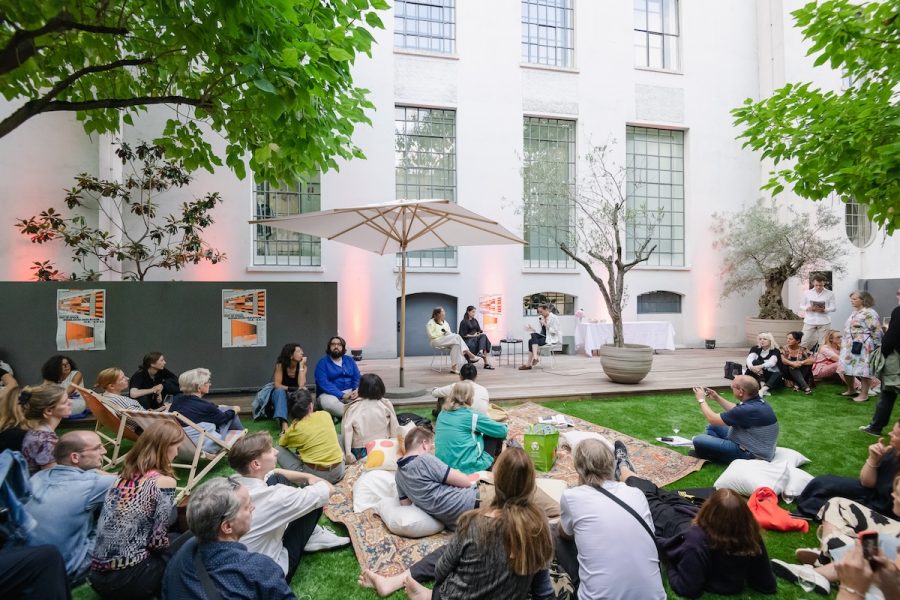
Scientists Recreate 3D Model of Historical Sculptural Relief from 134-Year-Old Image

## Unearthing Concealed History: Japanese Scholars Revitalize Ancient Reliefs in 3D via AI Technology
In a revolutionary blend of historical inquiry and advanced technology, scholars from Japan’s Ritsumeikan University have revealed a technique to rejuvenate overlooked components of cultural heritage. Under the leadership of Professor Satoshi Tanaka, the research group has crafted a sophisticated method enabling them to convert any 2D image of a relief — a piece of art or sculpture carved into a flat surface — into an intricate 3D reconstruction. Their endeavor has the capacity to transform the way neglected or damaged historical artifacts are examined and conserved.
This innovation was showcased in October at an international conference in Australia, and their results have been subsequently [published](https://dl.acm.org/doi/10.1145/3664647.3681612). Their remarkable findings were illustrated using a 134-year-old image from Indonesia’s Borobudur Temple, renowned as the largest Buddhist temple globally, which features a breathtaking collection of 2,672 detailed relief panels.
### The Dilemma: Concealed History in Borobudur Temple
Established in the 9th century CE and situated in Central Java, Borobudur Temple stands as an ancient relic of Buddhist artisanship and spiritual importance. As a UNESCO World Heritage Site, the temple is a widely recognized emblem of Southeast Asian cultural legacy. Despite its grandeur, the temple was neglected at some period and left exposed to the ravages of time and nature, later rediscovered by Dutch archaeologists in the 18th century.
Following its rediscovery, considerable reconstruction work was undertaken, during which several lower rows of reliefs had to be concealed to fortify the walls of the structure. Prior to this, these reliefs were meticulously photographed. However, until recently, no effective method existed to reproduce the concealed details of these covered reliefs — details that are integral to historical, cultural, and artistic narratives. Previous restoration methods that depended on conventional 3D scanning and photogrammetry failed to capture or reproduce many fine details, such as delicate human figures and intricate decorative elements, adding complexity to restoration attempts.
### The Advancement: AI-Powered 3D Reconstruction
This is where Tanaka’s team made their impact. By utilizing a multi-task neural network, a form of artificial intelligence framework particularly adept at processing multiple tasks concurrently, the researchers successfully brought back these concealed areas from nothing but the black-and-white images captured over a century ago of Borobudur’s ground-level reliefs.
“Our multi-task neural network effectively reconstructed these obscured sections of Borobudur’s ground-level reliefs from the remaining old photographs,” explains [Prof. Satoshi Tanaka](https://en.ritsumei.ac.jp/news/detail/?id=996). This innovative technology provides an unprecedented opportunity to investigate long-hidden facets of history, surpassing the constraints of existing 3D scanning methods that are limited to capturing the present, frequently aged, condition of an artifact.
A crucial feature of the neural network’s capabilities is its enhanced depth estimation, especially in rendering soft, rounded edges — which made the reconstruction appear more lifelike and true to the original reliefs. The outcome was a notable improvement over prior attempts in the domain, which struggled with intricate details such as the outlines of human faces and the nuances of decorative work. The team’s AI model closes the gap between history obscured by time and the digital realm.
### Future Implications: Conservation and Virtual Reality
Beyond academic significance, the researchers highlighted more extensive applications of their breakthrough. Virtual reality (VR) could enable patrons to explore these digitally reconstructed artifacts in a manner that feels tangible, even if the original physical pieces have been lost or disintegrated.
“Through computer visualization and virtual reality, our research now facilitates virtual exploration of these unseen treasures,” remarks Prof. Tanaka. VR and metaverse technologies are emerging as significant assets for the cultural sector, providing individuals the opportunity to engage with the marvels of ancient history from any location globally, without risking damage to delicate artifacts or needing to travel to the site itself.
Furthermore, Tanaka posits that this technology will transform the landscape for institutions like museums and cultural preservation organizations. “Our technology possesses tremendous potential for conserving and disseminating cultural heritage,” emphasizes Prof. Tanaka. “It opens new avenues not only for archaeologists but also for immersive virtual experiences through VR and metaverse technologies, ensuring the preservation of global heritage for future generations.”
As historical and cultural heritage sites continue to face degradation due to weather, pollution, and even conflict, digital restoration provides a means to protect them for the future. This implies that not only can scholars explore these artifacts with unprecedented detail, but people from all walks of life can immerse themselves in historical explorations through VR.
### A Progressive Step for Digital Archaeology and Cultural Conservation
This advancement in digital archaeology is a part of a growing movement exploring how AI, 3D reconstruction, and virtual reality converge.